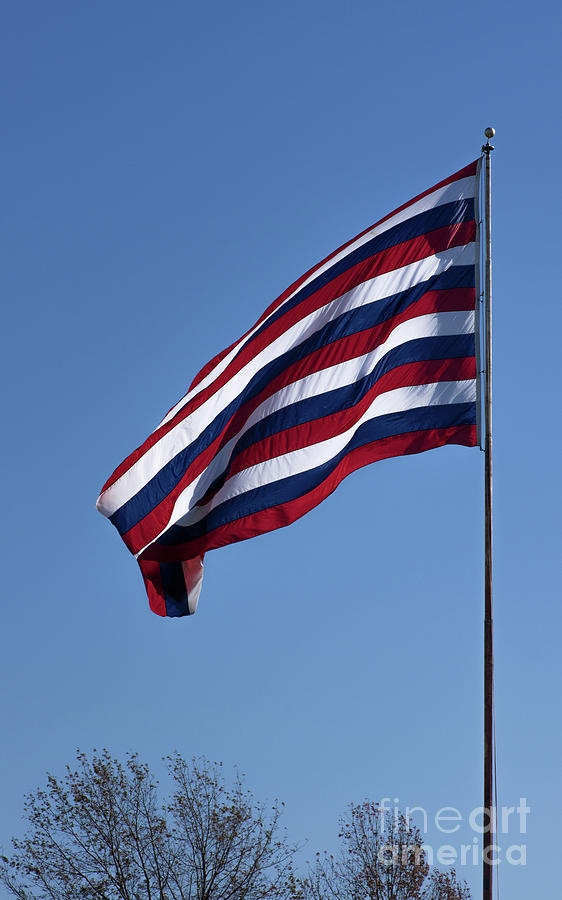
Because of that, American history takes less note of his strategic alliance. Siding with the Americans advanced the interests of the King of Spain, England’s longtime rival, in a worldwide great-power conflict. He wasn’t helping the Americans out of sympathy for their cause. In 1779, when Spain declared war on England, Galvez attacked British West Florida, winning it back for his king and indirectly benefiting the Americans by forcing the British to fight on two fronts. Galvez allowed shipments of weapons, medicine and fabric for military uniforms to be sent to the Continental Army via the Mississippi. But he’s been long forgotten, eclipsed by the Marquis de Lafayette and other foreign friends of America.įor eight years, Galvez served as governor of Spanish Louisiana, the vast territory acquired from France in 1762, which reached from the Mississippi River west to the Rocky Mountains and from New Orleans north into present-day Canada. “I will extend…whatever assistance I can,” Galvez responded, “but it must appear that I am ignorant of it all.”įirst by stealth, then by open warfare, Galvez became a key ally of the American Revolution. The American ships sailed back up the Mississippi River that August filled with ammunition, arms, and provisions. In April 1777, George Morgan, the commander at Pittsburgh’s Fort Pitt, sent a flotilla down the Ohio and Mississippi rivers to New Orleans carrying a letter to Galvez, offering to trade with Spain and asking for aid in case the Americans decided to attack the British in Florida.


Two years into the Revolutionary War, as the Americans hunted for any advantage in their war for independence, they cultivated a daring young Spaniard as an ally: the governor of Louisiana, Bernardo de Galvez.


 0 kommentar(er)
0 kommentar(er)
